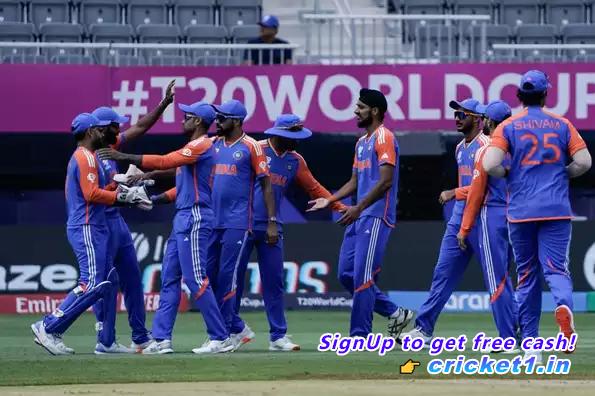
In a bold stance that moves against the growing trend of cricket specialization, Gautam Gambhir, the newly appointed head coach of the Indian cricket team, has emphasized the importance of players being available for all three formats of cricket. Resonating with both nostalgia and aspiration, Gambhir’s recent remarks made during his interview with Star Sports propose a blend of tradition and modernity that aims to elevate the discipline and commitment expected from contemporary cricketers.
“I’m a very strong believer in one thing, that if you’re good, you should be playing all the three formats,” Gambhir commented, expressing a clear preference for versatile cricketers who can seamlessly transition from one format to another, whether it’s Test, One Day Internationals (ODIs), or Twenty20 (T20).
Gambhir’s conviction stands in contrast to the recent inclination of some players to specialize in one format, often opting out of the grueling demands of Test cricket. A case in point is Hardik Pandya, whose absence from Test cricket since September 2018 is seen by many as a notable example. Despite having played 11 Test matches, Pandya has not donned the whites for over three years. His decision has sparked conversations among cricket pundits, including the legendary Sunil Gavaskar, who believes Pandya should return to the Test arena. “I’m hoping that, in these next two months, there will be some effort made to try and convince Hardik Pandya to come back to Test cricket,” Gavaskar remarked, showing concern for the burgeoning trend of players sidelining Test cricket in favour of shorter formats.
Gambhir, known for his gritty approach during his playing days, also tackled the issue of injuries, a common argument used by players to justify format specialization. He dismissed the notion that fear of injury should be a determining factor in choosing formats. “I’ve never been a big believer that injury management should make you avoid playing a format. If you get injured, you recuperate and come back — as simple as it gets. Injuries are part of a sportsman’s life. And if you’re playing all three formats, you get injured, recover, and then get back on the field,” he elaborated, underscoring the resilience he expects from professional cricketers.
.
As Gambhir prepares the Indian team for the upcoming white-ball series against Sri Lanka, starting later this month, his philosophy will soon be put to the test. He insists that top players inherently desire to participate in all three formats, a sentiment he believes to be true for any athlete playing international cricket. “When you’re playing international cricket and you’re good enough, you ask any of the top players, they want to play all the three formats. They don’t want to stay and they don’t want to be labelled as a red-ball or white-ball player,” he stated, revealing a shared aspiration among elite cricketers to excel across formats.
His approach also challenges the conventional strategies employed by cricket boards around the world, where an increasing focus is being placed on workload management, often segmenting players into specialized groups to manage their physical strain. “I am not a big believer in identifying people that we’re going to keep them for Test matches or other formats. We’re going to manage their injury and workload and stuff. Professional cricketers have a very small window to represent their country, and they should aim to make the most out of it. When you’re in good form, go ahead and play all the three formats,” Gambhir asserted, advocating for an old-school approach where versatility and endurance define a player’s career.
Cricket, as a sport, constantly evolves – balancing between the heritage of Test cricket and the commercial allure of T20 leagues. Gambhir’s perspective is a clarion call for players to embrace the rigors and nuances of each format, thus contributing to the sport’s holistic development.
Whether Gambhir’s ideology will influence Indian cricketers remains to be seen, but his unwavering stance has certainly invigorated a critical dialogue about the future of cricket and the role of its practitioners. His aspiration for a multiformat presence could potentially nurture a new generation of cricketers who are as skilled in a five-day Test match as they are in the frenetic pace of a T20 encounter. As he embarks on his coaching tenure, the cricketing world will keenly observe how his philosophy translates into practice, potentially redefining the career trajectories of Indian cricketers under his guidance.

